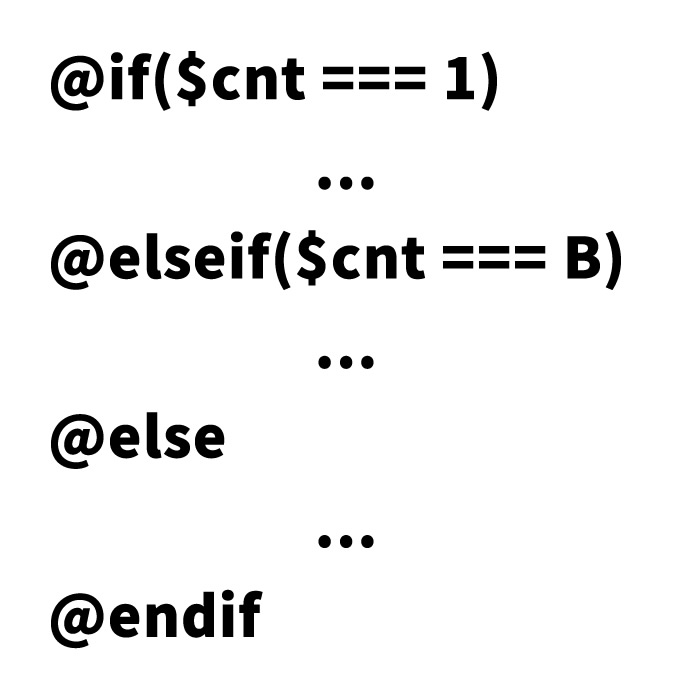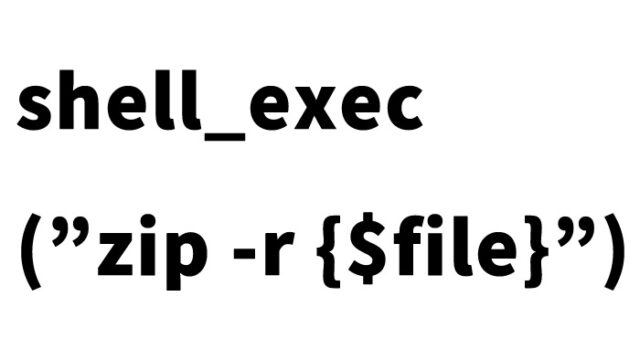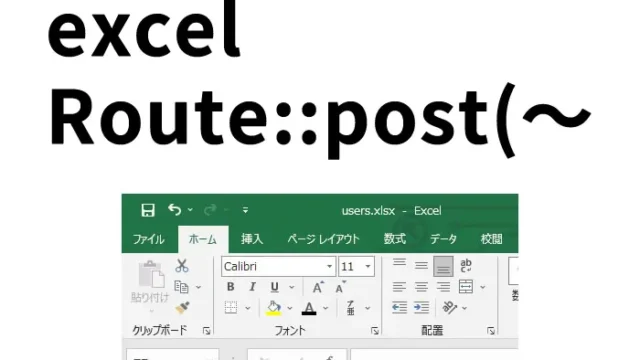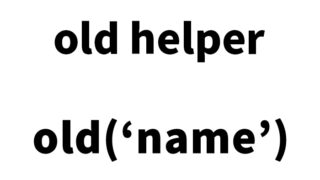Laravel Beginners Must See! Effective Use of if Statements in Blade Files

This time, let’s focus on one of Laravel’s attractive features—its Blade template engine. In this article, we’ll introduce how to effectively use if statements directly within Blade files.
Basics of if Statements in Blade Files
Let’s start with the basics: how to use if statements within Blade templates. Conditional branching is one of the key features in web applications. By mastering this, you can build more dynamic and user-friendly websites.
If Statements for Numeric Comparison
Let’s look at a simple example using numbers. For instance, if you want to display different messages based on the user’s action, you can write:
@if($cnt === 1)
<p>It's 1</p>
@elseif($cnt === 2)
<p>It's 2</p>
@else
<p>It's not 1 or 2</p>
@endif
- When $cnt is 1, display “It’s 1”
- When $cnt is 2, display “It’s 2”
- Otherwise, display “It’s not 1 or 2”
This code is a typical example of displaying different content based on a specific condition (in this case, the value of $cnt).
If Statements for String Comparison
Next, let’s compare strings. For example, if you want to display different messages based on the prefecture selected by the user, write it like this:
@if($todofuken === 'Tokyo')
<p>It's Tokyo</p>
@elseif($todofuken === 'Kanagawa')
<p>It's Kanagawa</p>
@else
<p>It's not Tokyo or Kanagawa</p>
@endif
- When $todofuken is “Tokyo”, display “It’s Tokyo”
- When $todofuken is “Kanagawa”, display “It’s Kanagawa”
- Otherwise, display “It’s not Tokyo or Kanagawa”
As you can see, comparing strings in Blade templates is also simple.
If Statements to Check Data Existence
Blade is also very useful when you want to branch conditions based on whether data exists.
@if($message)
<p>The output message is {{ $message }}.</p>
@else
<p>There is no output message.</p>
@endif
- If $message has data, display its content
- If there’s no data, display “There is no output message”
Using this feature, you can easily customize messages for users.
Conclusion
The Blade template engine is a very powerful tool for PHP developers. By mastering if statements, you can write more readable and maintainable code. Mastering these basics will take your Laravel application to the next level.
*These code examples have been confirmed in Laravel version 6. Laravel is frequently updated, so there may be slight differences in newer versions. It’s recommended to always check the latest documentation.
*Use at your own risk when reusing this content.





